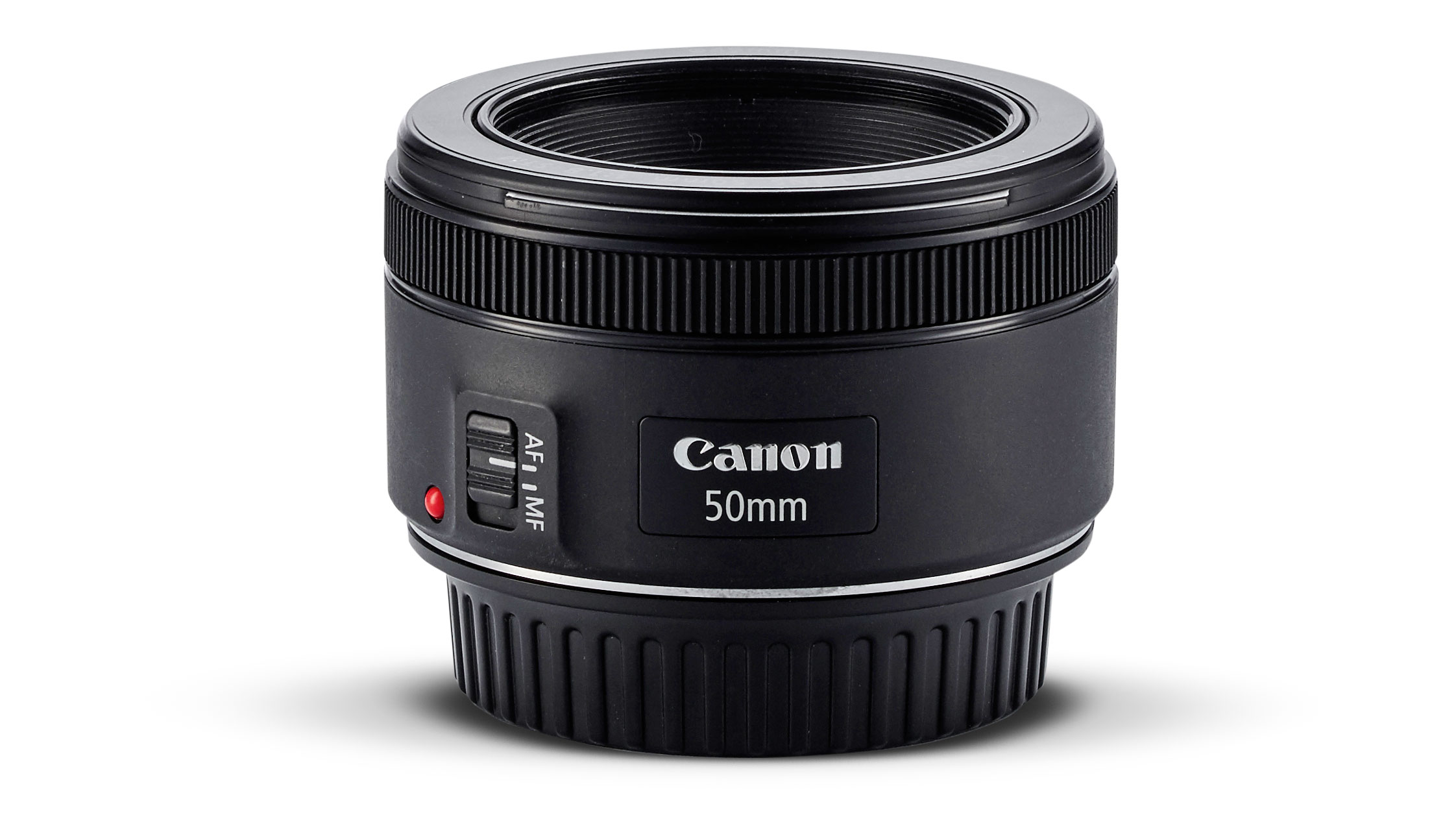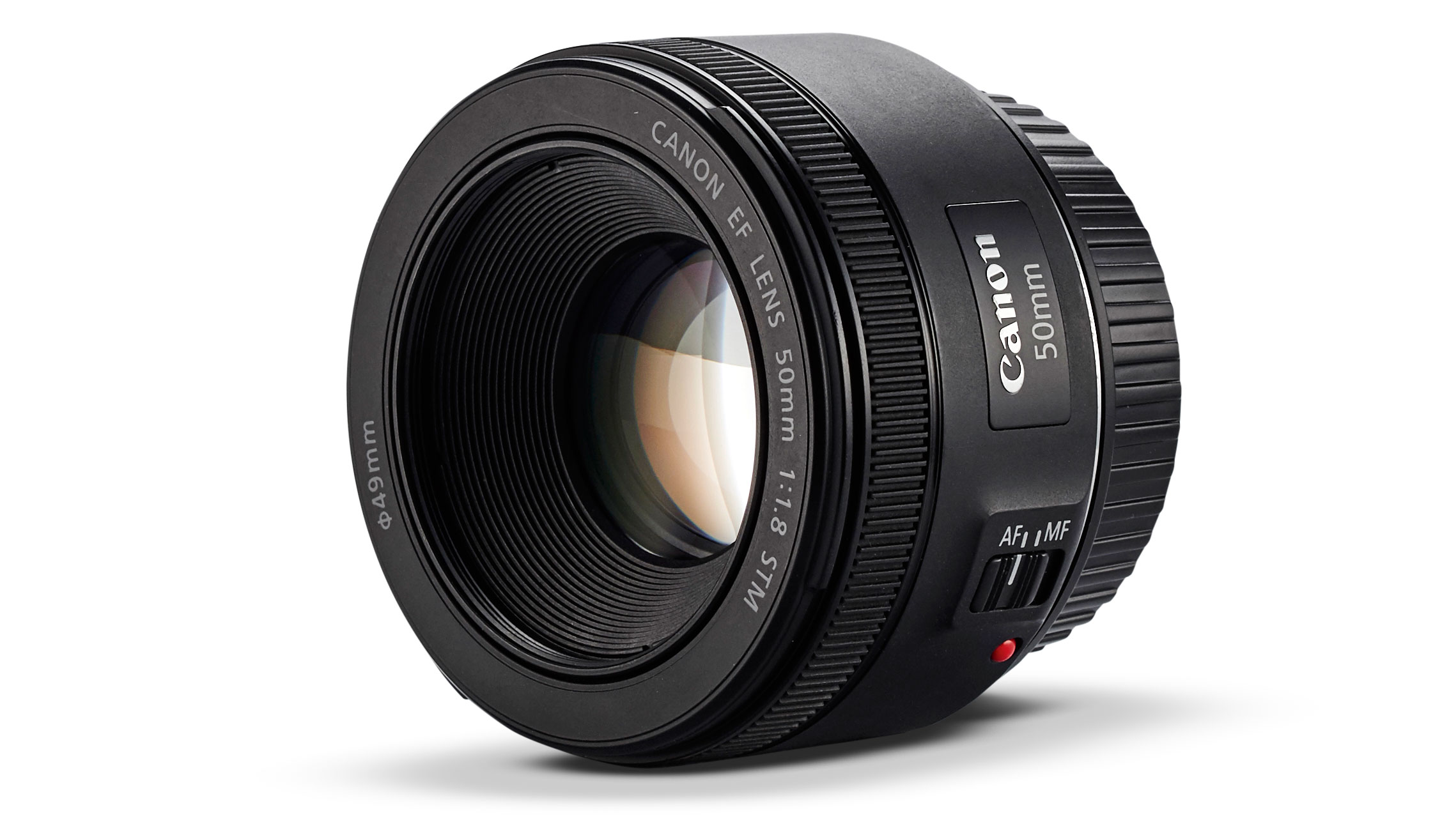Digital Camera World Verdict
The little lens that could, this nifty-fifty is an affordable marvel that any Canon photographer should own. For the price you get an excellent all-purpose lens with solid optical quality, pleasing bokeh, fast autofocus and more – it’s so good that in pretty much every respect except maximum aperture, it’s better than the now-outdated 50mm f/1.4. The lightweight 160g build just goes to seal the deal and make this lens an absolute no-brainer for Canon shooters.
Pros
- +
Extremely light
- +
Fantastic quality for the price
- +
Much-improved handling
Cons
Why you can trust Digital Camera World
You might think that you can’t go wrong with a lens at this price. But older versions of Canon’s popular 50mm f/1.8 weren’t always altogether ‘right’. They had a noisy autofocus system based on a simplistic electric motor, and a 5-blade diaphragm that gave pronounced pentagonal shapes to defocused lights when you weren’t shooting wide open, i.e. at the widest possible aperture.
This latest version of the lens puts all those wrongs to right. It has an STM (Stepping Motor) autofocus system that provides speedy yet quiet operation for stills, and smooth autofocus transitions during movie capture. The focus ring no longer rotates during autofocus, which improves handling and also gives the bonus of manual override in Single AF mode. The new lens has a metal mounting plate, and a more well-rounded aperture based on seven diaphragm blades. Despite feeling more robust than earlier versions, the new edition is still pleasingly small and light, weighing just 160g.

Performance
The real surprise in this budget-friendly lens is just how good it is. Throughout our tests with multiple samples of competing Canon lenses, its autofocus system proved much more accurate and reliable than that of the supposedly superior Canon EF 50mm f/1.4 USM. It also beats the pricier Canon lens for sharpness, especially in the f/1.8-2.8 sector of the aperture range. The budget lens also wins out for edge/corner sharpness when comparing the results on an APS-C format body, along with less colour fringing and distortion. At the price, you really can’t go wrong in this instance.
The front element of the 50mm f/1.8 is so well recessed that you don’t really need to use the hood to cut out stray light. Other factors worth noting are the fact that the fly-by-wire focus ring requires power from the body, and that the lens doesn’t have a focus distance scale, which the 50mm f/1.4 does. The 50mm f/1.8 also has a 49mm filter thread – a giveaway of just how small it really is – and overall it feels robust and pleasing to handle, with a metal mounting plate.
Read more:
Matthew Richards is a photographer and journalist who has spent years using and reviewing all manner of photo gear. He is Digital Camera World's principal lens reviewer – and has tested more primes and zooms than most people have had hot dinners!
His expertise with equipment doesn’t end there, though. He is also an encyclopedia when it comes to all manner of cameras, camera holsters and bags, flashguns, tripods and heads, printers, papers and inks, and just about anything imaging-related.
In an earlier life he was a broadcast engineer at the BBC, as well as a former editor of PC Guide.

